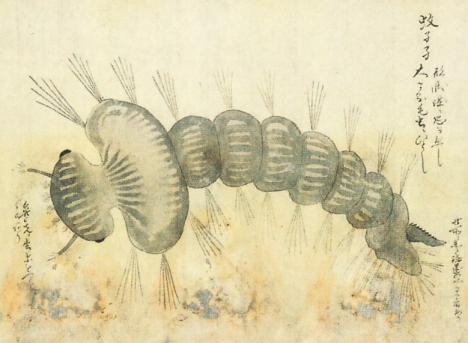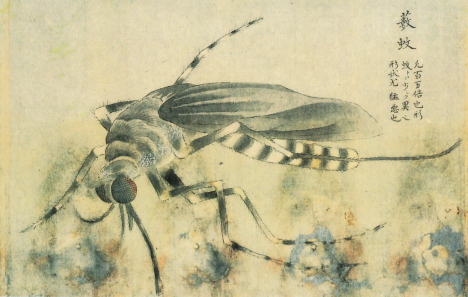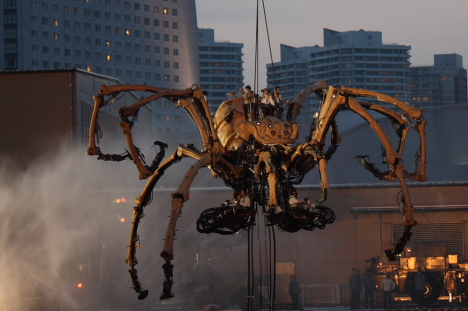
Samsung hasn't been shy about their Android ambitions, but they have been extremely vague. Well, here's their first handset, the I7500. With a capacitive AMOLED touchscreen, clean styling, and larger-than-average battery, it looks fantastic.
Here's the spec breakdown: HSDPA at 7.2Mbps, GPRS/EDGE on 850/900/1800/1900 frequencies, a 3.2", 320x480 AMOLED screen, a 5-megapixel camera, 1500mAh battery (to the G1's 1200mAh), and 8GB of internal memory (with support for 32GB of additional SDHC expansion), 802.11b/g Wi-Fi, GPS and a 3.5mm headphone jack. It's about 12mm thick, which is a hair slimmer than the HTC Magic, its obvious rival.
This contradicts rumors rumors that the S8000 would be Sammy's first foray into Android handsettery, but only sort of: the handsets are styled differently, but share almost identical guts. In that sense, this handset isn't much of a surprise, unlike the release date, which will fall somewhere in June for European carriers. There's no US release date, nor is there any sign of a US release at all, so we'll just have to hope that the I7500 will eventually trod the same transatlantic path as the HTC Magic. Full release below.
Mobile Review has a few hands-on shots that give us a nice view of the device in profile, and from the back:

Samsung launches I7500, The Company's First Android-Powered Mobile Phone
Seoul (Korea Newswire) April 27, 2009 05:08 PM — Samsung Electronics Co., Ltd., a leading mobile phone provider, today unveiled the I7500, its first Android-powered mobile phone. With a launch of I7500, Samsung became the first company among the global top three mobile phone manufacturers to unveil an Android-powered phone."Samsung is among the earliest members of the Open Handset Alliance and has been actively moving forward to introduce the most innovative Android mobile phone," said JK Shin, Executive Vice President and Head of Mobile Communication Division in Samsung Electronics. "With Samsung's accumulated technology leadership in mobile phone industry and our consistent strategy to support every existing operating system, I believe that Samsung provides the better choices and benefits to our consumers" he added.
The Samsung I7500 is a cutting-edge smartphone, featuring a 3.2" AMOLED full touch screen and 7.2Mbps HSDPA and WiFi connectivity, giving users access to Google™ Mobile services and full web browsing at blazing speeds.
The Samsung I7500 offers users access to the full suite of Google services, including Google Search™, Google Maps™, Gmail™, YouTube™, Google Calendar™, and Google Talk™. The integrated GPS receiver enables the comprehensive use of Google Maps features, such as My Location, Google Latitude, Street View, local search and detailed route description. Hundreds of other applications are available in Android Market. For example, the application Wikitude, a mobile travel guide, allows consumers to access details of unknown sights via location-based Wikipedia articles.
Based on Samsung's proven product leadership, Samsung I7500 comes with latest multimedia features. The large and vivid 3.2"AMOLED display ensures the brilliant representation of multimedia content and enjoyable full touch mobile experience. Along with supporting a 5-megapixel camera and various multimedia codec formats, the I7500 also provides a long enough battery life (1500mAh) and generous memory capacity up to 40GB (Internal memory: 8GB, External memory: Up to 32GB) to enjoy all the applications and multimedia content. The phone also boasts its slim and compact design with mere 11.9mm thickness.
The Samsung I7500 will be available in major European countries from June, 2009.
News Source: Samsung Electronics


















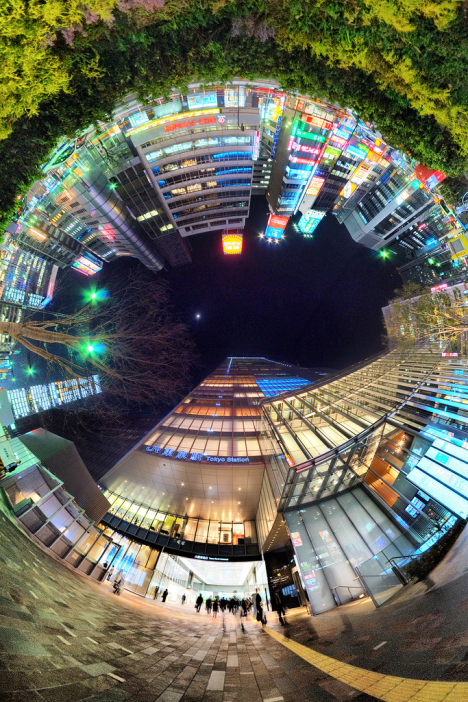
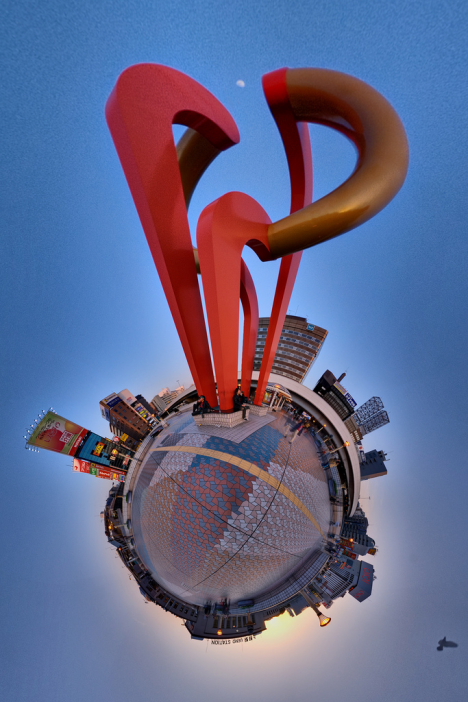


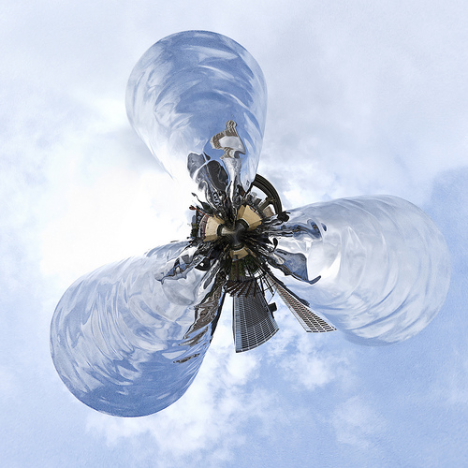

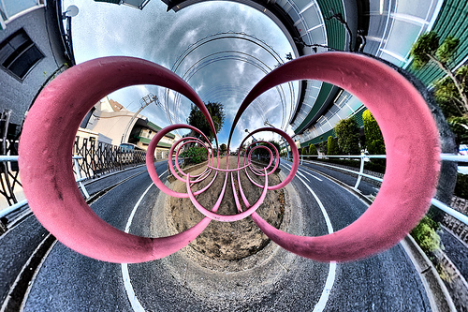
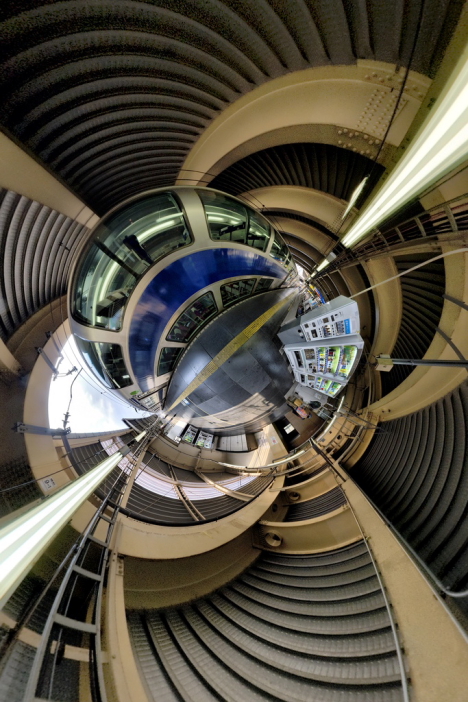
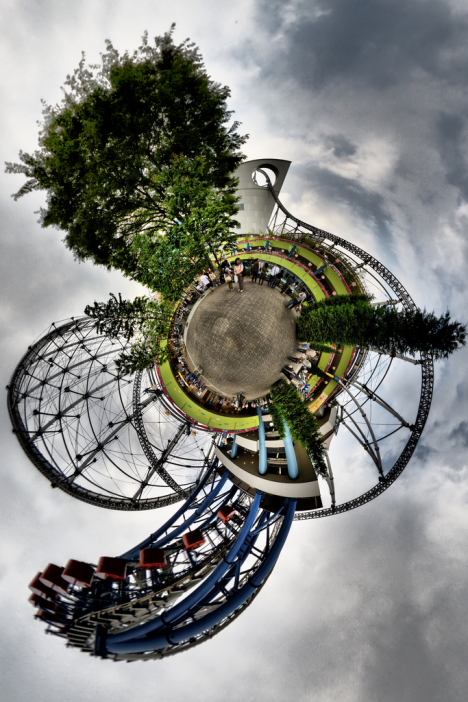
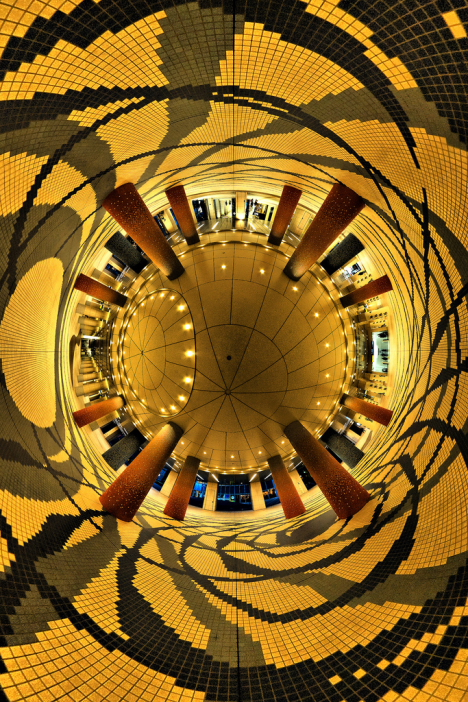
 Twitter has become a nationwide phenomenon, and like any phenom, all the Twitter talk grows quickly tiresome. But despite what you may think, Twitter isn't just for narcissists; it's actually insanely useful.
Twitter has become a nationwide phenomenon, and like any phenom, all the Twitter talk grows quickly tiresome. But despite what you may think, Twitter isn't just for narcissists; it's actually insanely useful. Search is hands down the most useful
Search is hands down the most useful  Virtually every company has a Twitter account these days, which means if there's a product you really care about, following them on Twitter is often the easiest way to stay up to date with the latest developments. But more often than not (in the context of Twitter, at least), the thing we care about most is ourselves. We've already shown you how to create an ego search to monitor what's being said about you on the web, but now Twitter is another must-use tool for getting your ego fix.
Virtually every company has a Twitter account these days, which means if there's a product you really care about, following them on Twitter is often the easiest way to stay up to date with the latest developments. But more often than not (in the context of Twitter, at least), the thing we care about most is ourselves. We've already shown you how to create an ego search to monitor what's being said about you on the web, but now Twitter is another must-use tool for getting your ego fix. We've been using newsreaders to subscribe to RSS feeds for years now, but newsreaders still haven't completely caught on with the world at large. It seems less manageable to us, but many people are perfectly happy using Twitter as a tool to keep up with the latest news—which is partly why CNN has over 1 million followers. Likewise, re-tweeting (the process of copying and re-posting someone else's tweet) spreads news like wildfire—so breaking news can reach you on Twitter a million times faster than through any of the old methods. (For what it's worth, here at Lifehacker we have our own Twitter feed that pushes out all of our top stories.)
We've been using newsreaders to subscribe to RSS feeds for years now, but newsreaders still haven't completely caught on with the world at large. It seems less manageable to us, but many people are perfectly happy using Twitter as a tool to keep up with the latest news—which is partly why CNN has over 1 million followers. Likewise, re-tweeting (the process of copying and re-posting someone else's tweet) spreads news like wildfire—so breaking news can reach you on Twitter a million times faster than through any of the old methods. (For what it's worth, here at Lifehacker we have our own Twitter feed that pushes out all of our top stories.) This is closer to what people think about when they think Twitter. But, as I said above, Twitter communication doesn't have to be a cesspool of "what I ate this morning" and "just flushed the toilet." You can choose whose updates you want to be notified of and how you get those updates. Upshot: If you and your pals use Twitter well, it can be a fantastic communication tool. If not, of course it's useless—but that's not really Twitter's fault. Also, if privacy is a concern, you can always protect your updates.
This is closer to what people think about when they think Twitter. But, as I said above, Twitter communication doesn't have to be a cesspool of "what I ate this morning" and "just flushed the toilet." You can choose whose updates you want to be notified of and how you get those updates. Upshot: If you and your pals use Twitter well, it can be a fantastic communication tool. If not, of course it's useless—but that's not really Twitter's fault. Also, if privacy is a concern, you can always protect your updates. Whether you want to add a new event to Google Calendar, a new to-do to Remember the Milk, or a new note to Evernote, you can do it all via Twitter. It took us a while to warm up to Twitter from a productivity angle, but this kind of integration made us admit that Twitter may yet boost your productivity, too.
Whether you want to add a new event to Google Calendar, a new to-do to Remember the Milk, or a new note to Evernote, you can do it all via Twitter. It took us a while to warm up to Twitter from a productivity angle, but this kind of integration made us admit that Twitter may yet boost your productivity, too. Provided you have enough followers (with enough knowledge), Twitter is also a powerful place to ask questions and get answers. Before I started writing this post, for example, I asked my followers what they think Twitter's best uses are—the answers to which helped inform this entire post.
Provided you have enough followers (with enough knowledge), Twitter is also a powerful place to ask questions and get answers. Before I started writing this post, for example, I asked my followers what they think Twitter's best uses are—the answers to which helped inform this entire post. Meet Peter Terren. Inspired by the
Meet Peter Terren. Inspired by the  Lucky for us all, Terren meticulously documented the entire project with photos and safety-related commentary ("The wig is not ideal and really needs a haircut. I couldn't light it with sparks so fire risk seems low").
Lucky for us all, Terren meticulously documented the entire project with photos and safety-related commentary ("The wig is not ideal and really needs a haircut. I couldn't light it with sparks so fire risk seems low").
